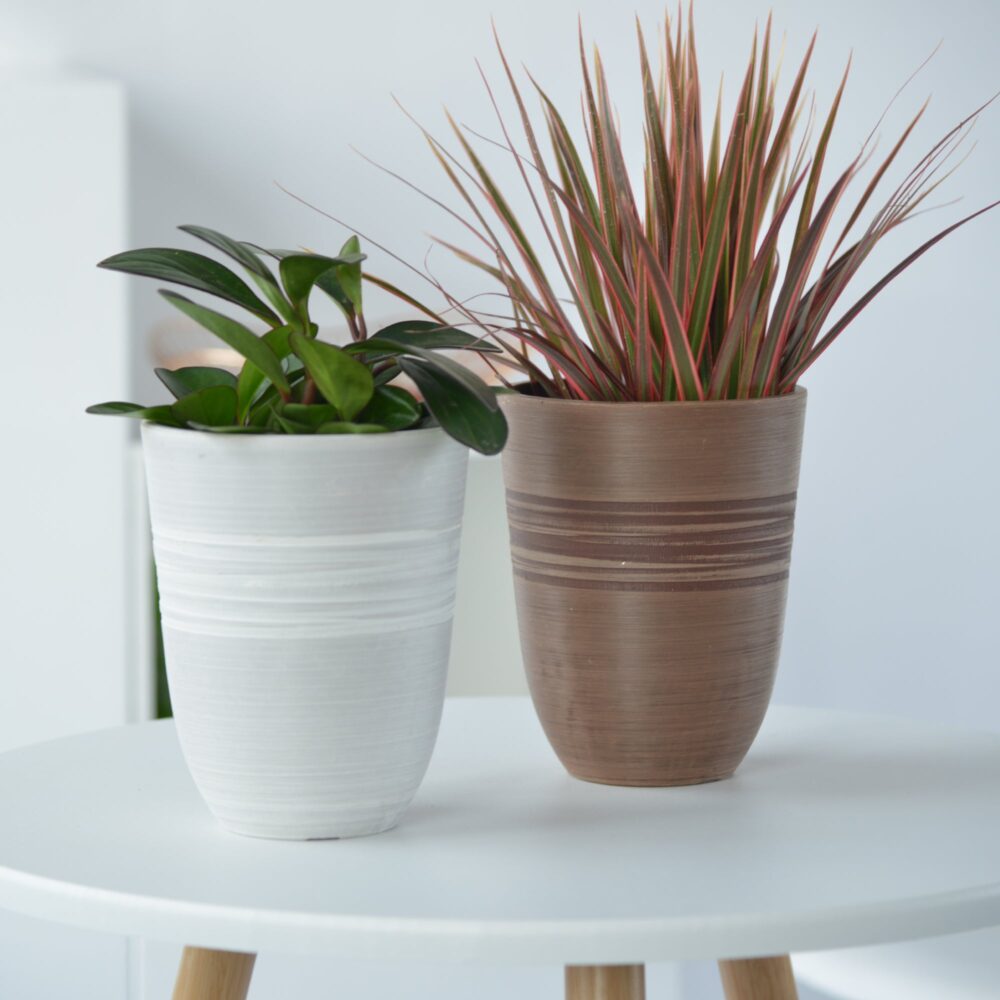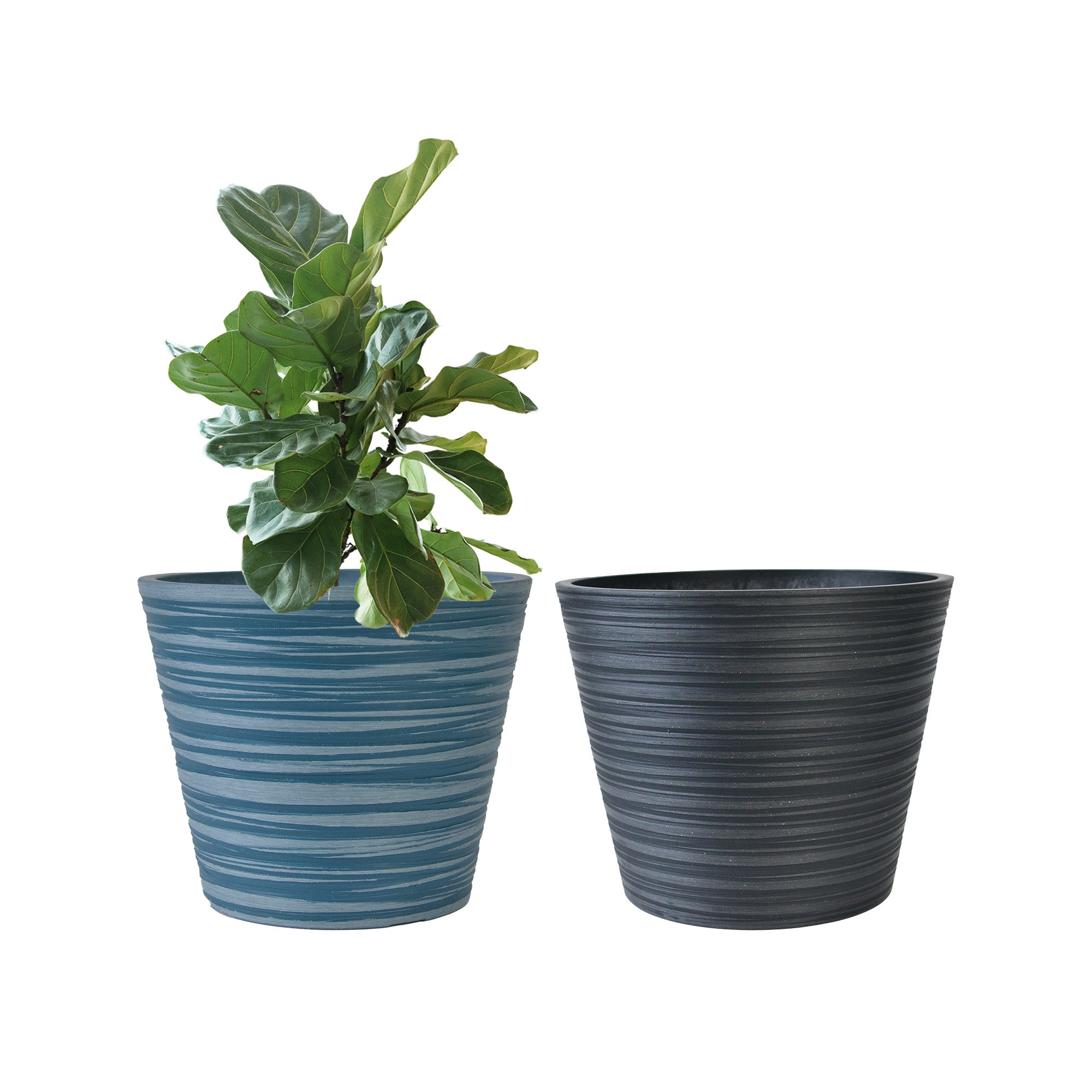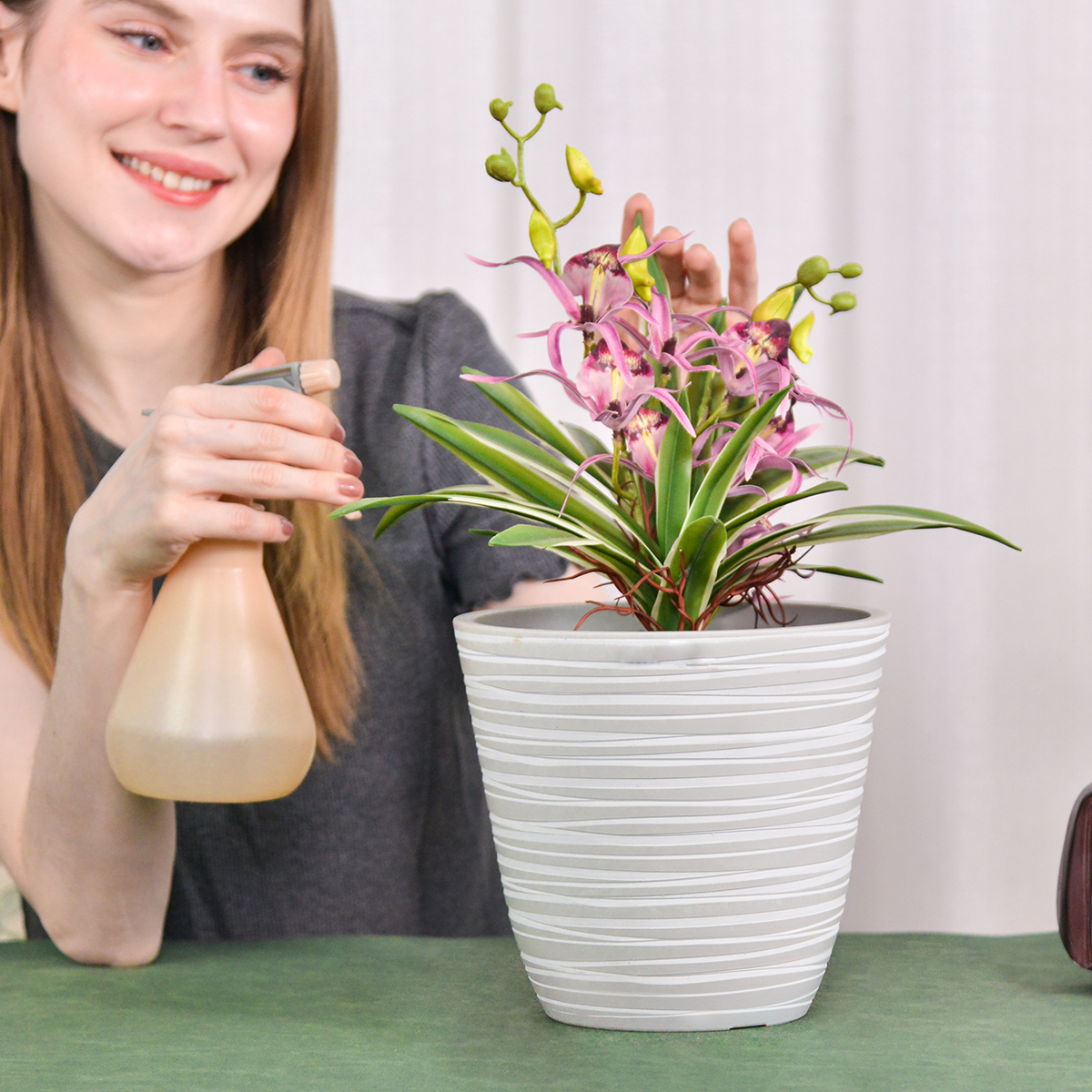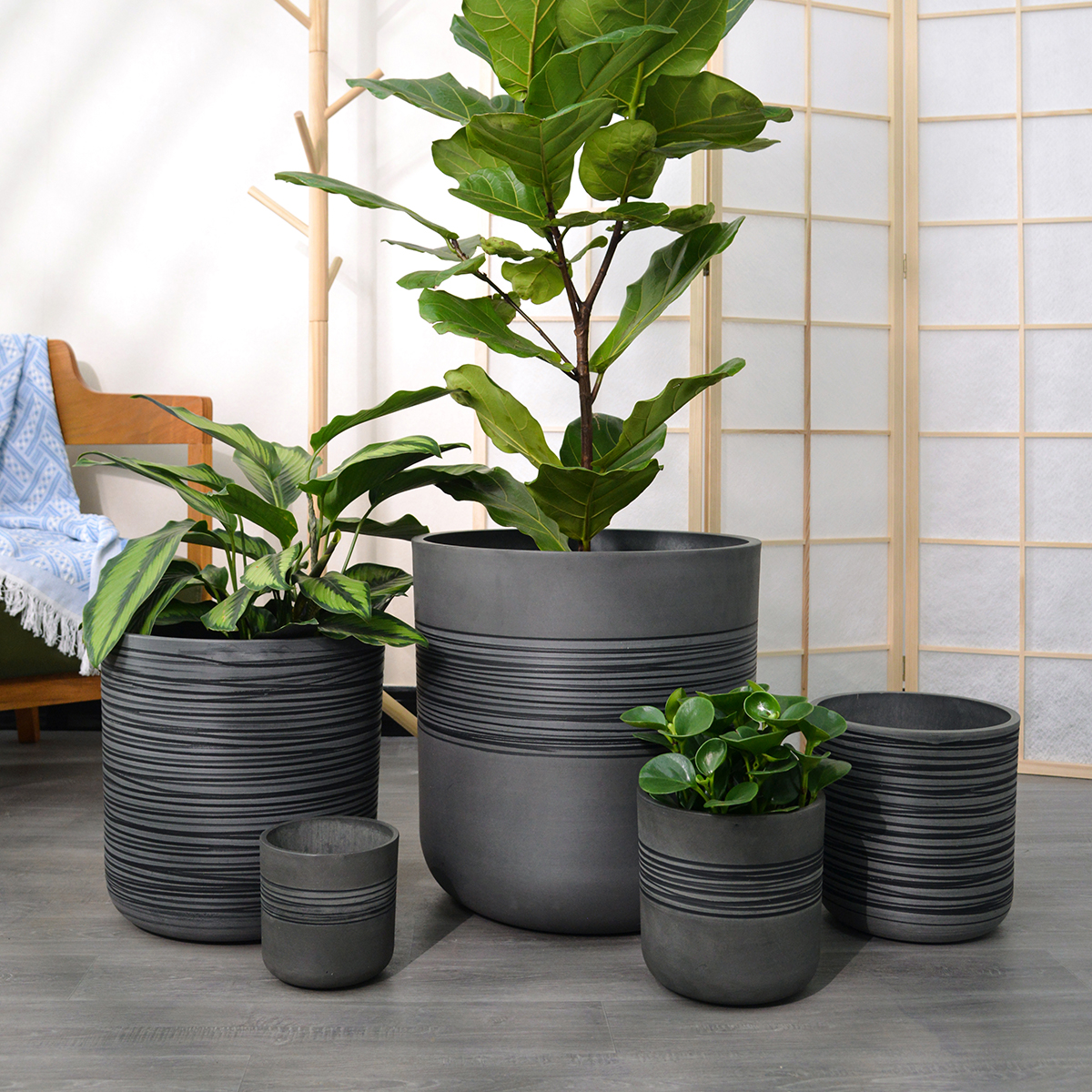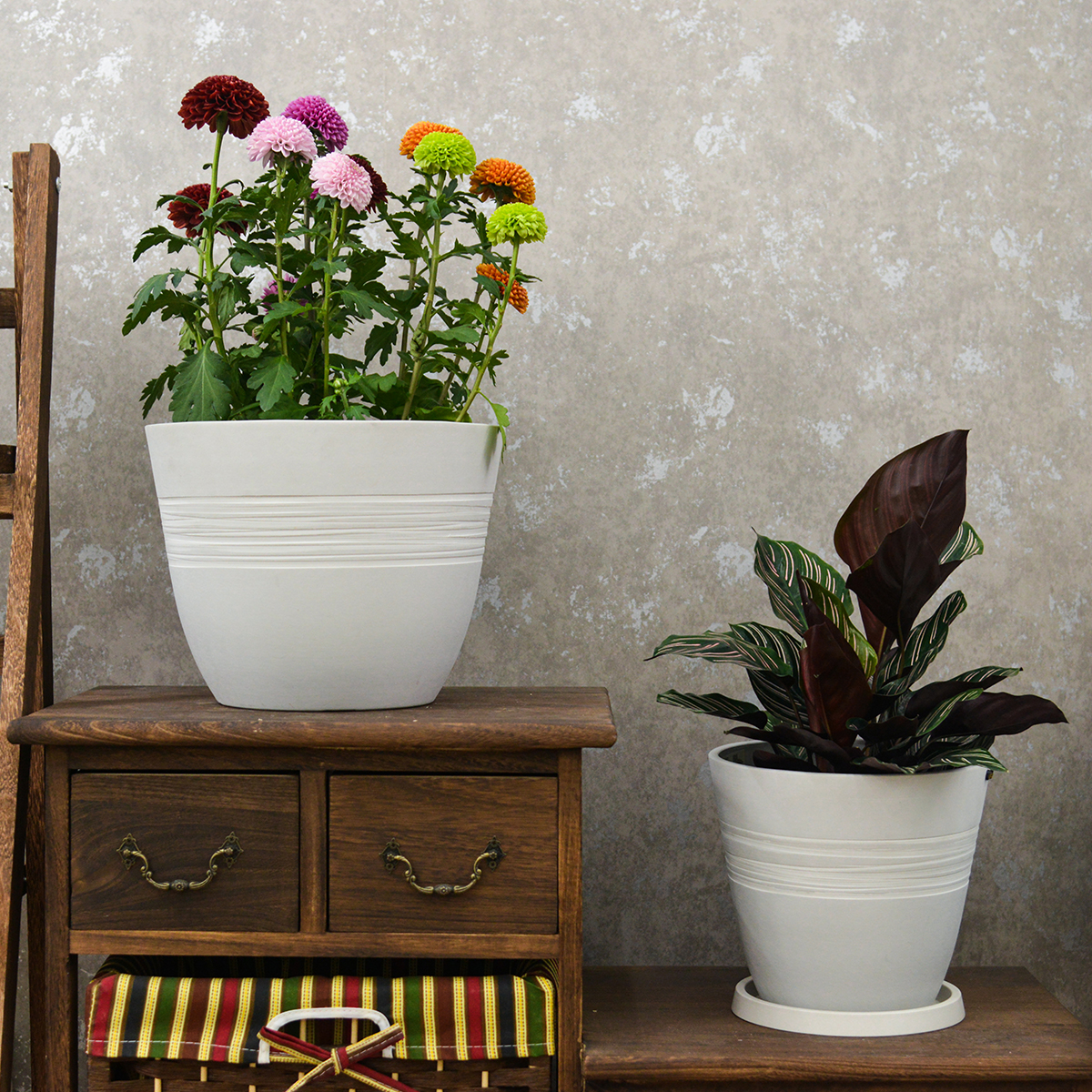Create a Buzzing Garden: Top Plants to Attract Bees and Butterflies
Want to transform your yard into a vibrant haven for pollinators? Attracting bees and butterflies not only adds beauty to your garden but also plays a crucial role in the ecosystem. These busy creatures help pollinate our flowers and crops, ensuring a healthy environment for everyone. Here’s a guide to some of the best plants you can grow in the United States to create a buzzing, fluttering paradise.

Why Attract Bees and Butterflies?
Bees and butterflies are essential pollinators, responsible for the reproduction of many plants, including the fruits and vegetables we eat. Their populations are facing decline due to habitat loss and pesticide use, so creating pollinator-friendly gardens is more important than ever.
Top Plants to Attract Bees:
Bees are attracted to flowers with bright colors, particularly blue, purple, yellow, and white. They prefer flowers with a single row of petals and plenty of pollen and nectar.
- Lavender (Lavandula spp.): Known for its fragrant purple flowers, lavender is a magnet for bees. It thrives in sunny, well-drained locations (USDA zones 5-9, depending on the variety).
- Bee Balm (Monarda spp.): Also called wild bergamot, bee balm comes in shades of red, pink, purple, and white. It’s a favorite of bees and hummingbirds and prefers moist, well-drained soil in full sun to partial shade (USDA zones 3-9).
- Sunflowers (Helianthus annuus): These iconic yellow flowers produce abundant pollen and nectar, attracting a variety of bees. They are annuals that thrive in full sun (all USDA zones).
- Coneflowers (Echinacea spp.): With their daisy-like flowers in shades of purple, pink, white, and more, coneflowers are attractive to bees and provide seeds for birds in the fall (USDA zones 3-9).
- Borage (Borago officinalis): This annual herb features beautiful blue star-shaped flowers that are highly attractive to bees. It prefers full sun and well-drained soil (all USDA zones).
- Rosemary (Salvia rosmarinus): This fragrant herb produces small blue flowers that bees love. It’s drought-tolerant and prefers full sun (USDA zones 8-10).
- Clover (Trifolium spp.): Often considered a weed, clover is an excellent source of nectar for bees. Consider incorporating it into your lawn or allowing it to grow in patches.
Top Plants to Attract Butterflies:
Butterflies are attracted to brightly colored flowers, especially red, orange, yellow, and purple. They prefer flat-topped or clustered flowers that provide a landing platform.
- Milkweed (Asclepias spp.): The essential host plant for monarch butterflies, milkweed also attracts a variety of other butterflies with its clusters of fragrant flowers (various USDA zones depending on the species).
- Butterfly Bush (Buddleja spp.): As its name suggests, the butterfly bush is a butterfly magnet with its long, cone-shaped flower clusters in various colors (USDA zones 5-9, depending on the variety).
- Zinnias (Zinnia elegans): These cheerful annuals come in a wide range of bright colors and attract butterflies with their abundant nectar (all USDA zones).
- Cosmos (Cosmos bipinnatus): With their delicate, daisy-like flowers in shades of pink, purple, white, and orange, cosmos are easy to grow and attract butterflies (all USDA zones).
- Marigolds (Tagetes spp.): While some varieties are more attractive than others, single-petal marigolds in shades of yellow and orange can attract butterflies (all USDA zones).
- Salvia (Salvia spp.): Many types of salvia, also known as sage, produce vibrant flowers that attract both butterflies and hummingbirds (various USDA zones depending on the species).
- Lantana (Lantana camara): With its clusters of small, brightly colored flowers that change color as they mature, lantana is a favorite of butterflies (USDA zones 9-11, often grown as an annual in cooler regions).
Plants That Attract Both Bees and Butterflies:
Many plants are beneficial for both bees and butterflies, making them excellent additions to a pollinator-friendly garden:
- Echinacea (Coneflowers)
- Salvia (Sage)
- Lavender
- Bee Balm
- Borage
- Yarrow (Achillea spp.)
- Phlox (Phlox spp.)

Tips for Creating a Pollinator-Friendly Garden:
- Plant a Variety: Offer a diverse selection of plants that bloom at different times throughout the growing season to provide a continuous food source.
- Plant in Clusters: Bees and butterflies can spot large groupings of flowers more easily.
- Avoid Pesticides: Pesticides can harm or kill pollinators. Opt for natural pest control methods.
- Provide a Water Source: A shallow dish of water with pebbles or marbles for landing can be helpful for bees and butterflies.
- Include Host Plants: For butterflies, especially, include host plants where they can lay their eggs and their caterpillars can feed (like milkweed for monarchs).
- Choose Native Plants: Native plants are often best adapted to local pollinators and provide the specific resources they need.
Conclusion: Build a Haven for Pollinators
By incorporating these bee- and butterfly-attracting plants into your garden, you can create a beautiful and ecologically beneficial space. Enjoy the vibrant colors and the satisfying buzz of happy pollinators contributing to a healthier environment.
Plant Pots 6 inch 8 inch 10 inch for Indoor Plants, Set of 3 Modern Decorative Planter ts with Drainage Hole, Decorative Flower Pots
By greenship-seo|2025-04-10T06:39:28+00:00January 14, 2025|Categories: Hand-carving Series|Tags: Decorative Flower Pots|
Planter 5 in W / 8 in W / 12 in W or Indoor Outdoor Plants, Modern Decorative Plant Pots with Drainage Hole, Decorative Flower Pots
By greenship-seo|2025-04-10T06:37:58+00:00January 16, 2025|Categories: Hand-carving Series|Tags: Decorative Flower Pots|
11V
By greenship|2024-08-13T03:05:48+00:00August 13, 2024|Categories: Hand-carving Series|
20VD
By greenship|2024-08-13T06:43:41+00:00August 13, 2024|Categories: Hand-carving Series|
k2-21G
By greenship|2024-08-13T06:17:26+00:00August 13, 2024|Categories: Hand-carving Series|
KC2-11V
By greenship|2024-08-16T05:39:50+00:00August 16, 2024|Categories: Hand-carving Series|

